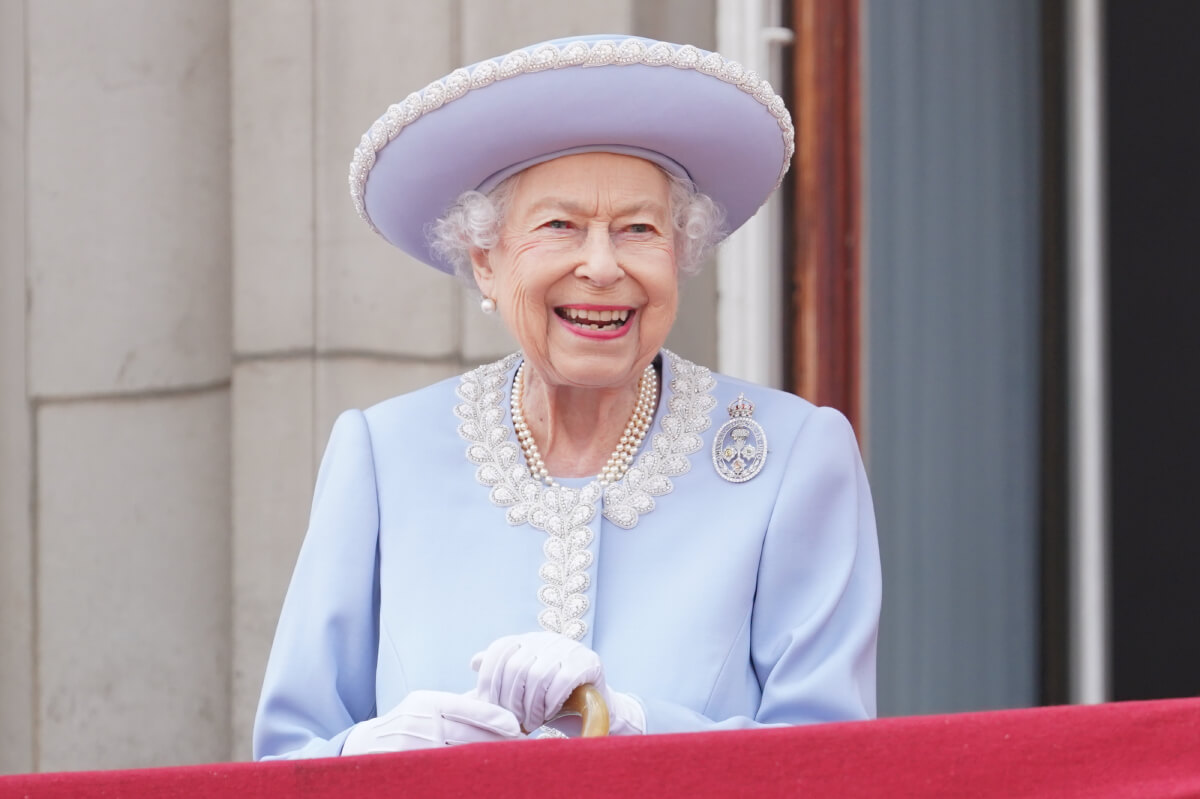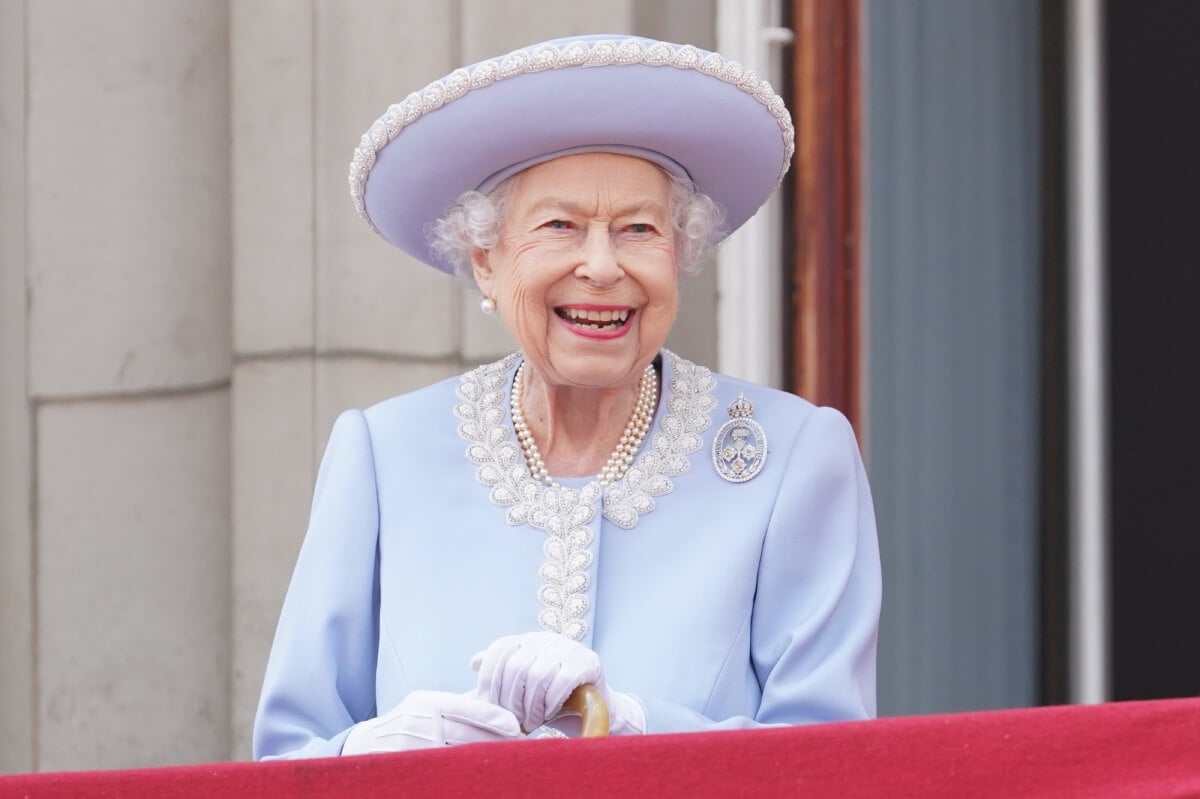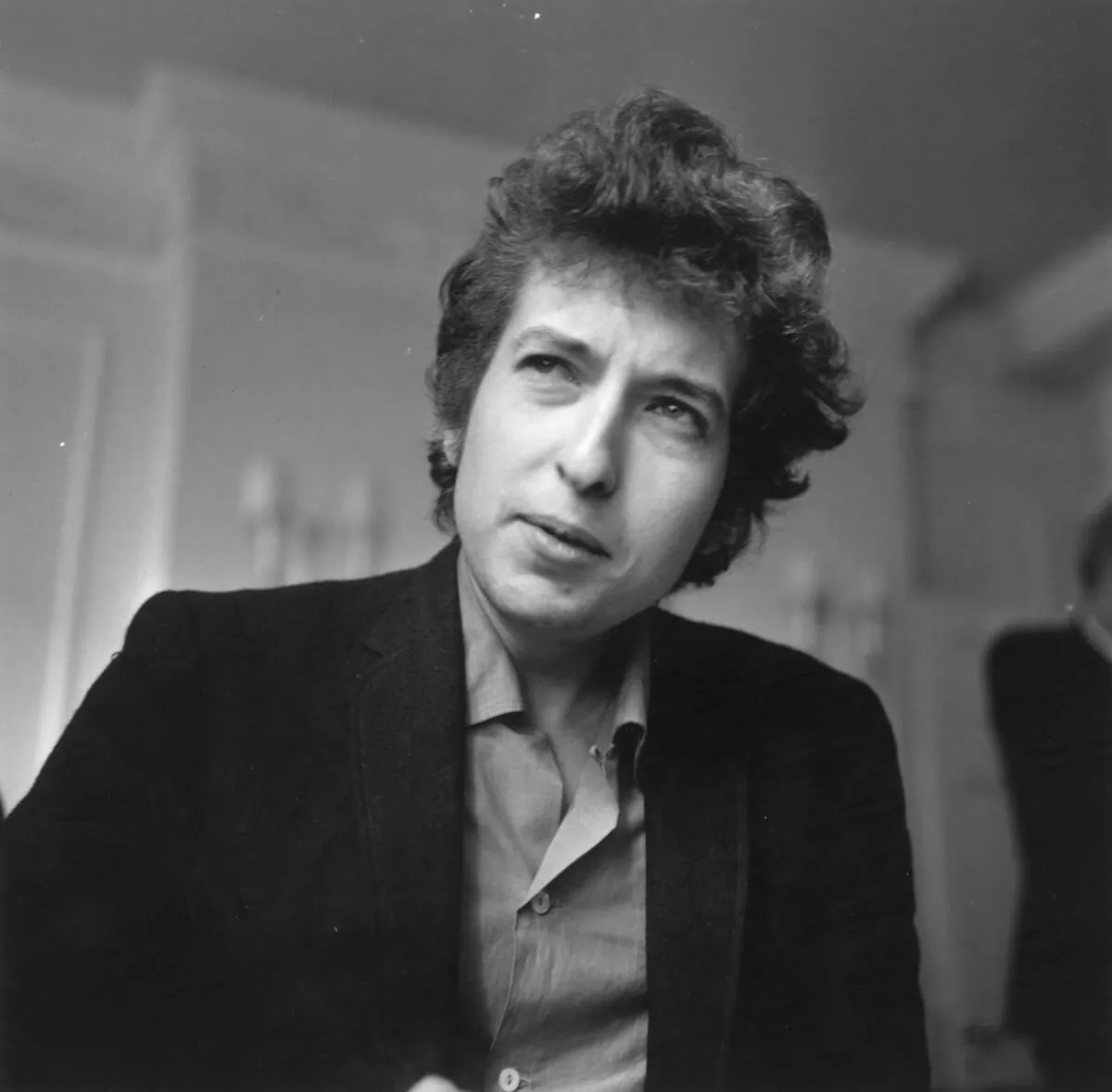
Royal Family Friend Details Queen Elizabeth’s Heartbreaking Final Days
Queen Elizabeth II’s final days were more heartbreaking than anyone could have imagined. In a revealing new interview, a close friend of the late Queen revealed stunning details about her last moments.
The source divulged not just the hardships endured by Elizabeth in her final months, but also the gut-wrenching decline of her health. Join us as we delve into the deeply moving narrative of Her Majesty’s final days.

Queen Elizabeth’s friend reveals the heartbreaking reality of her final days
The passing of Queen Elizabeth was shrouded in secrecy by the royal family. However, a close friend recently shared some startling revelations about her final days leading up to her demise in September 2022.
Speaking to The Daily Beast, the source disclosed distressing details about the Queen’s declining health. Per the insider, Elizabeth experienced significant pain during the last years of her life, with the intensity escalating in the final months.
“By the time of the Platinum Jubilee (June 2022), she couldn’t see very much, she couldn’t hear very much, and she was easily confused. She barely moved from her apartments in Windsor Castle. Appearing on the balcony at the jubilee required a titanic effort,” the friend revealed.
The friend further revealed that Her Majesty struggled increasingly to focus or engage with complex matters for more than a few minutes. The persistent pain from her condition contributed to her withdrawal from various public engagements, a fact the royals have trouble hiding.
Although there are no photographs of her in a wheelchair, she reportedly relied on one regularly to navigate the palace. While the royals had plans in place, her passing was not without complications.
Protocols had been in place for years surrounding Her Majesty’s death
Protocols for dealing with Elizabeth’s death — Operation London Bridge — were meticulously planned and regularly updated, ensuring every detail was carefully considered. On September 8, these well-prepared arrangements were flawlessly put into action, although some unforeseen events did occur.
Balmoral Castle, a place cherished by the late queen for its intimate atmosphere, provided the backdrop for the momentous events of that morning. The significance of the unfolding events was not lost on those present at Balmoral, as the Queen’s life gradually faded away.
According to The Guardian, then Prince Charles and Camilla Parker Bowles were among the first to arrive at Elizabeth’s side. When her condition worsened, the palace commenced the task of informing important government figures.
“The queen’s doctors are concerned for Her Majesty’s health and have recommended she remain under medical supervision. The queen remains comfortable and at Balmoral,” the palace statement read that afternoon.
Other members of the royal family began their journey toward Balmoral, including Prince William, Prince Andrew, and Prince Edward. Prince Harry, who was in London for a charitable event, was also en route.
Unfortunately, Harry was still in the air when Her Majesty died.
New details about Queen Elizabeth’s medical condition emerge
At the time of Elizabeth’s passing, the palace chose not to provide any comments. The cause of death on her certificate simply stated “old age.”
However, according to her friend Gyles Brandreth, it was later revealed that the Queen had been battling bone marrow cancer during her final days. The grieving friend noted that nobody knew the specific type of bone cancer that affect Elizabeth.
Bone cancer can bring about intense and persistent pain, making movement challenging. This aligns with the palace’s general description of the queen’s health in the months leading up to her passing, stating that she experienced “episodic mobility problems.”
On the day of her passing, the palace officially announced the Queen’s death at 6:30 pm. Weeks later, when her death certificate became public, it was revealed that she had died at 3:10 pm.
The royal family has not commented on the recent reports surrounding Elizabeth’s health at the time of her death.



